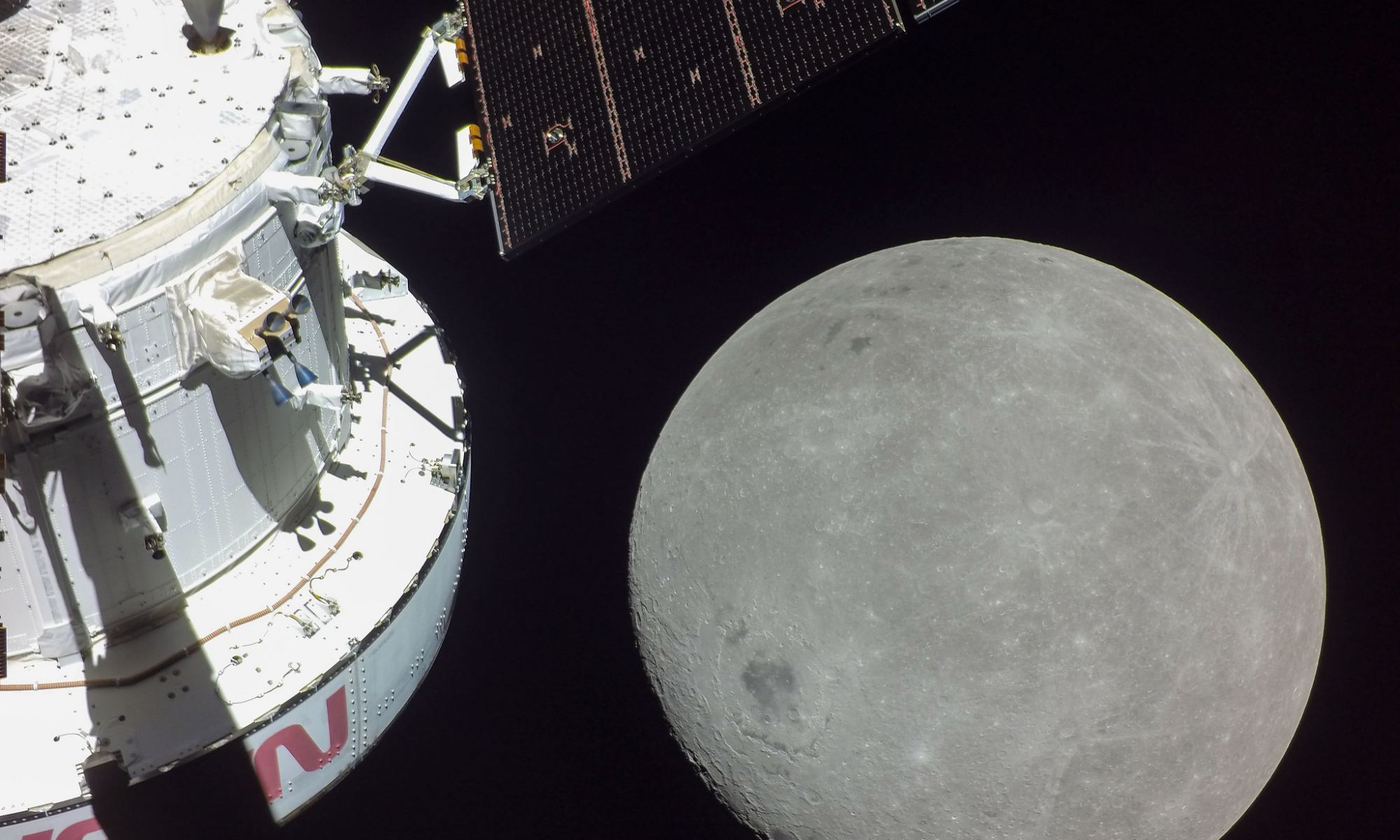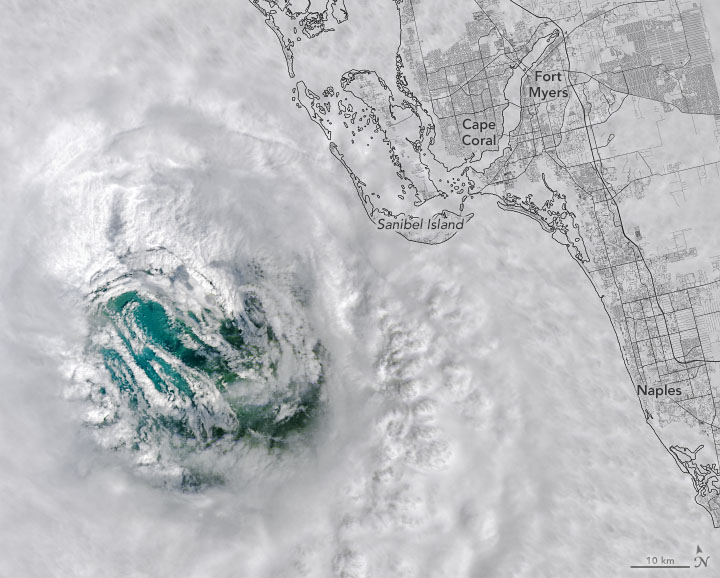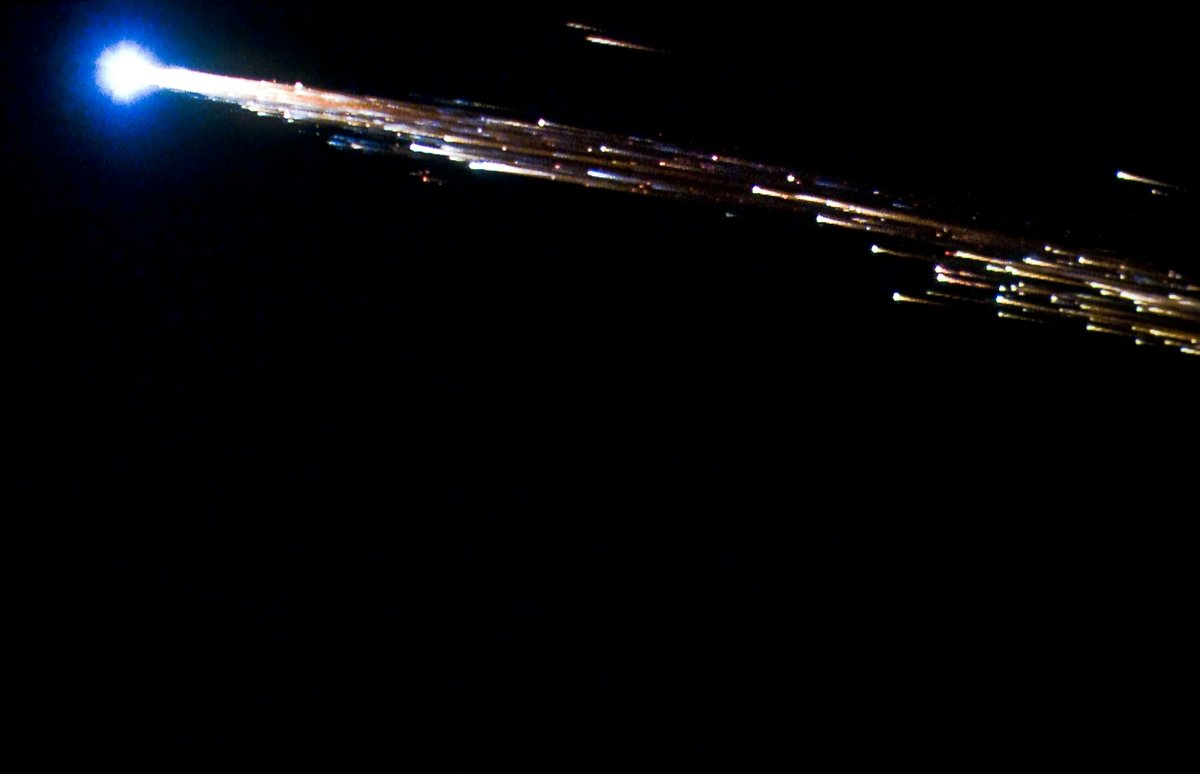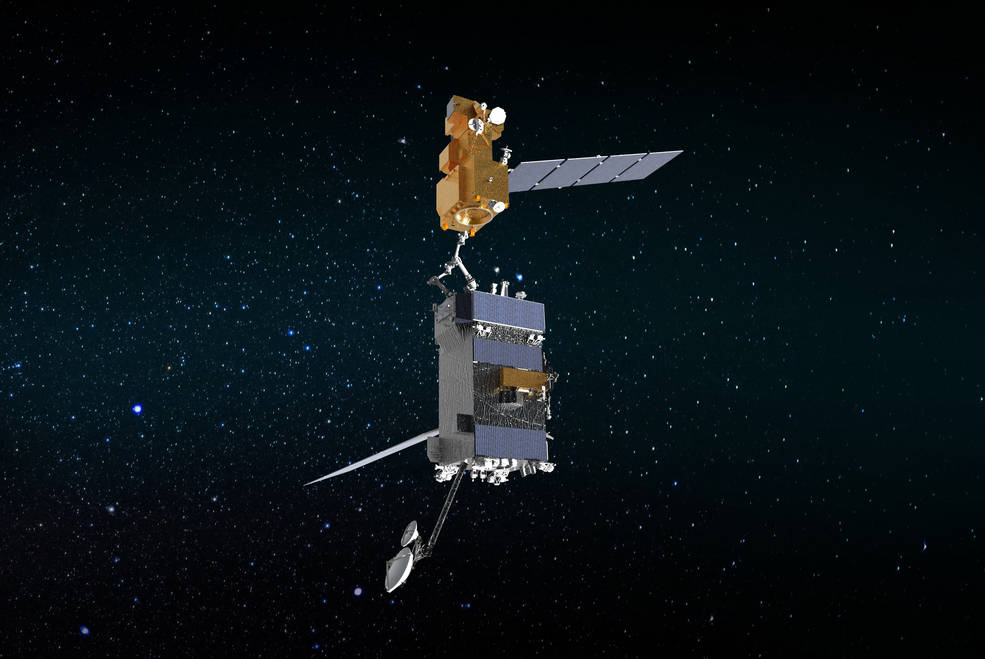NASA made history on November 16th when the Artemis I mission took off from Launch Complex 39B at Cape Canaveral, Florida, on its way to the Moon. This uncrewed mission is testing the capabilities of the Space Launch System (SLS) and Orion spacecraft in preparation for the long-awaited return to the Moon in 2025 (the Artemis III mission). Rather than astronauts, this mission carries a group of mannequins with sensors and has a primary payload consisting of the Callisto technology demonstrator (a human-machine video interface system).
As a secondary payload, Artemis I also brought ten 6U CubeSats beyond Low Earth Orbit (LEO), three of which were NASA missions designed to perform experiments. The rest were built by partner space agencies, commercial space entities, research institutes, and universities to carry out a variety of unique deep-space science experiments. While all these satellites managed to deploy successfully, six have not made contact with controllers on the ground or since experienced problems, and their whereabouts remain unknown.
Continue reading “What Happened to those CubeSats that were Launched with Artemis I?”









